- Home
- >
- Blog
OUR BLOG
A collection of stories about our people, our capabilities, our research, and the ever-changing face of our firm.
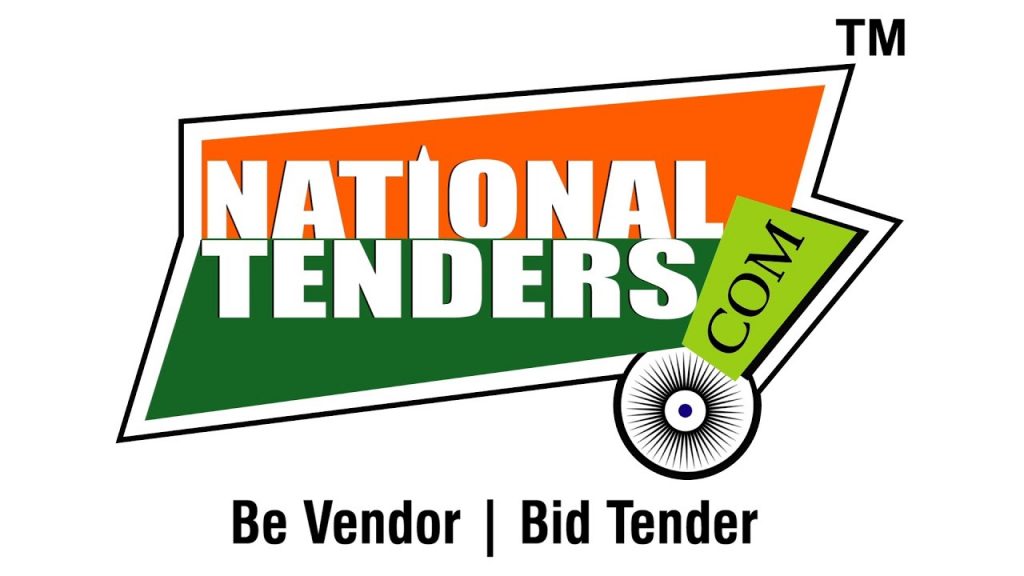
NationalTenders
E-procure : Central Public Procurement Portal : Facts you should know | 05 Jan, 2023
E-procure : Central Public Procurement Portal : Facts you should know
CPP Portal: Eprocurement and Everything you should Know about it
Is physical paperwork weighing you down and keeping your business from achieving greatness? Good thing is you won & have to do it anymore. Eprocurement takes away all of your hassles.
What is eprocurement?
Electronic procurement, or commonly known as e-procurement, is where an organization uses the internet to procure the goods and services it needs to operate. This process replaces the age-old paper based workflow that streamlines all aspects of the purchasing process. Businesses trust the eprocurement software to help them make the research, shopping, and purchasing process more efficient, time savingand cost effective. Thus, it is also known as Smart Business Buying.
Who can use eprocurement?
Unlike e-commerce, e-procurement uses the supplier & closed system and is only available to registered users. e-procurement is only suitable for business purchases, meaning the Business to Business (B2B) sector. It is not used in the Business to Customer (B2C) sector, which concerns only personal purchases. It is designed to not only improve communication between the businesses, but it also enhances the speed and efficiency of procurement practices.
How does eprocure work?
1. Selection of Goods
Companies visit a specific platform, an online catalog or a B2B vendor website. This gives them access to the supplier’s entire offer, including data about the contractual conditions, like costs, products selected, etc. They select their required products and send their purchase request. This request then enters their procurement system and follows the approval process.
2. Sending the Order
Once the goods have been approved, the purchase request becomes an order. It is automatically sent to the supplier in the form of an e-document. The supplier then begins the procedure for delivery.
3. Receipt of the Invoice
Companies then receive the invoice, that has been certified by a trusted third party, in the form of a PDF file or an e-document, which is automatically accommodated with the order and sets off the payments.
This process works by connecting various entities through a centralized platform. Manufacturers use eprocurement to ease the purchasing of direct goods for the production process. Governmental and public- sectors use eprocurement to simplify the Request For Quote (RFQ) process.
Other key components in e-procurement includes:
E-sourcing: the initial phase of e-procurement, coinciding with requirement definition and prequalifying potential suppliers.
E-tendering: coincides with evaluation, involves requesting information, proposals, and quotations from the shortlisted vendors.
E-auctioning: associated with evaluation and contracting, the parties involved negotiate pricing and contract terms
E-ordering and payment: involves creating and approving requisitions, placing orders, and receiving the ordered items
What are the benefits of eprocurement?
The main functions of e-Procurement are far-reaching, offering a range of benefits for a company’s day-to-day operation and supply chain activities. Below are a few listed benefits that eprocurement provides:
1. Shorter Purchasing Cycle:
E-procurement lets businesses track spending, purchasing budgets, and incoming deliveries more effectively. It provides dashboards that track these metrics in real-time.
2. Cost Savings
Digitization of processes gets rid of a number of manual steps while accelerating the workflow and reduces careless errors. It itself can reduce processing costs by up to 70% in an organization.
3. Improved Inventory Control
Procurement professionals can swiftly locate products from preferred suppliers and are limited to the purchases they can make, thus, the inventory is better controlled.
4. Transparency and Reduced Risk of Fraud
Because the buyers can direct purchases to selected vendors, they can negotiate better prices. There’s more transparency and accountability. Information is shared with the right individuals and the risk of fraud is reduced.
In a nutshell, eprocurement comprises all corporate buying and selling activities over the internet. The benefits of eProcurement are quite a few for businesses, their suppliers, and the purchasing companies. It’s a way to make the application and the payment process easier while driving down the cost per transaction. Since the company has numerous moving parts, it is essential that eprocurement systems and the buyer’s purchasing process work together. They must offer the right permission management, accurate inventory, pricing, and quality product information to save time and costs. It brings the ease of e-commerce to business purchasing and provides a means of better managing expenditures.
Read More: Things to keep in mind while submitting bids through e-Procurement portal
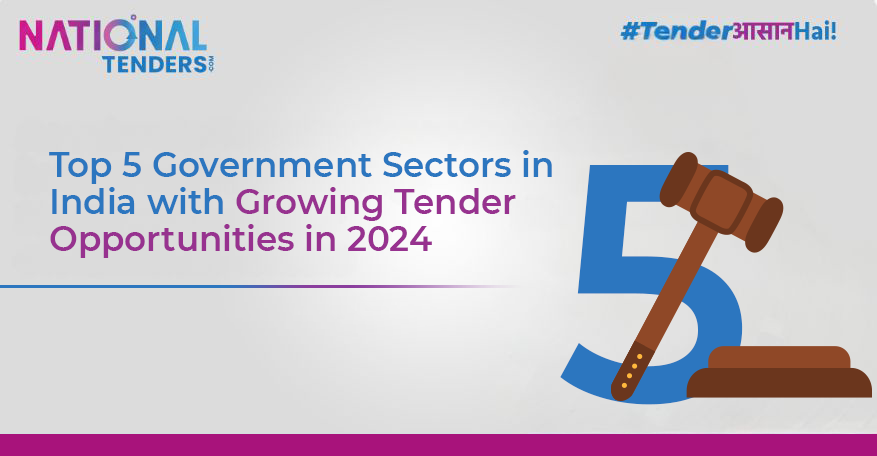 Top 5 Government Sectors in India with Growing Tender Opportunities in 2024
Top 5 Government Sectors in India with Growing Tender Opportunities in 2024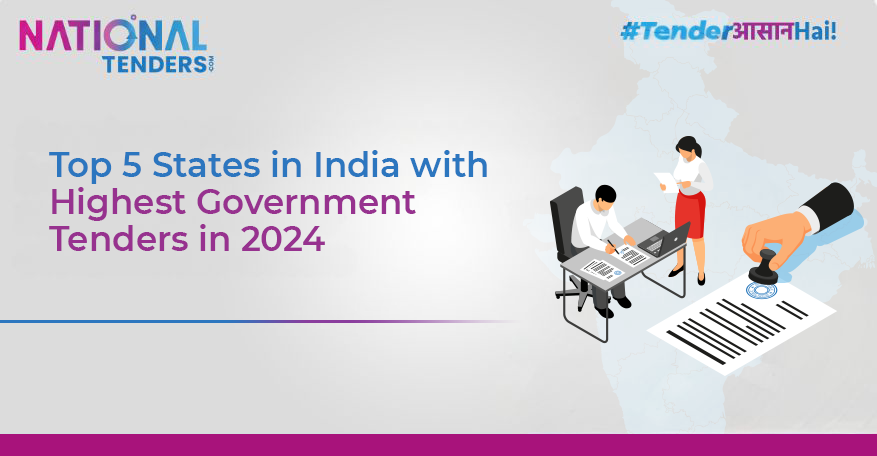 Top 5 States in India with Highest Government Tenders in 2024
Top 5 States in India with Highest Government Tenders in 2024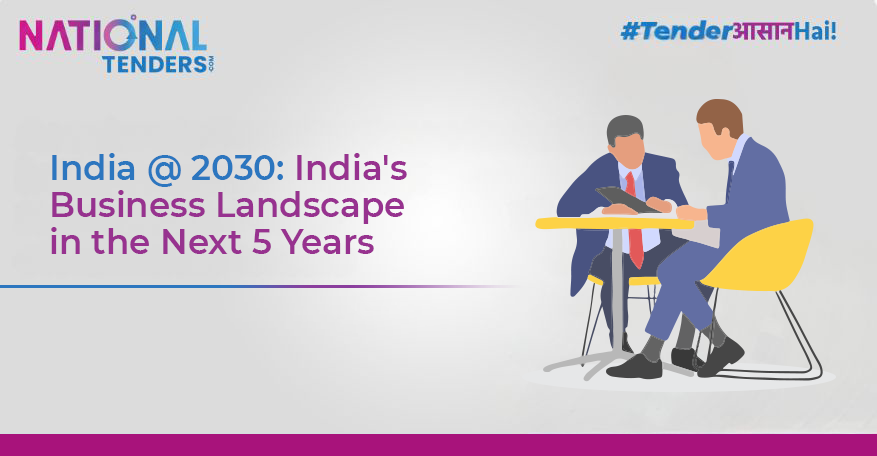 India @ 2030: India's Business Landscape in the Next 5 Years
India @ 2030: India's Business Landscape in the Next 5 Years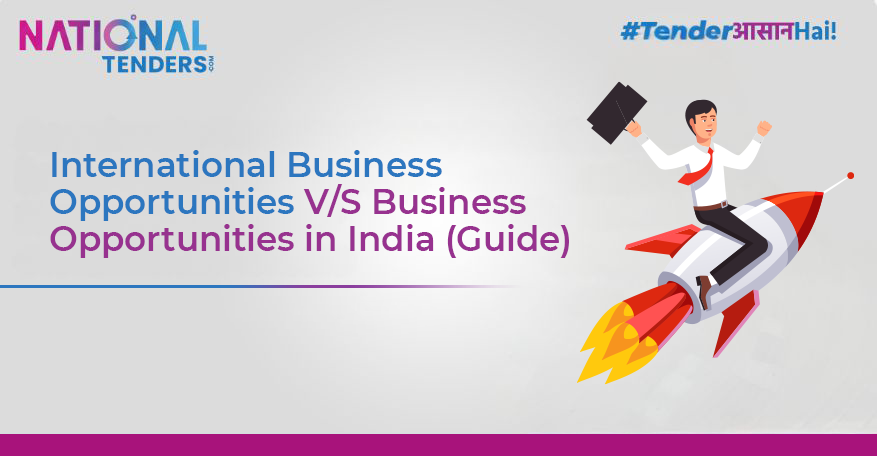 International Business Opportunities V/S Business Opportunities in India (Guide)
International Business Opportunities V/S Business Opportunities in India (Guide)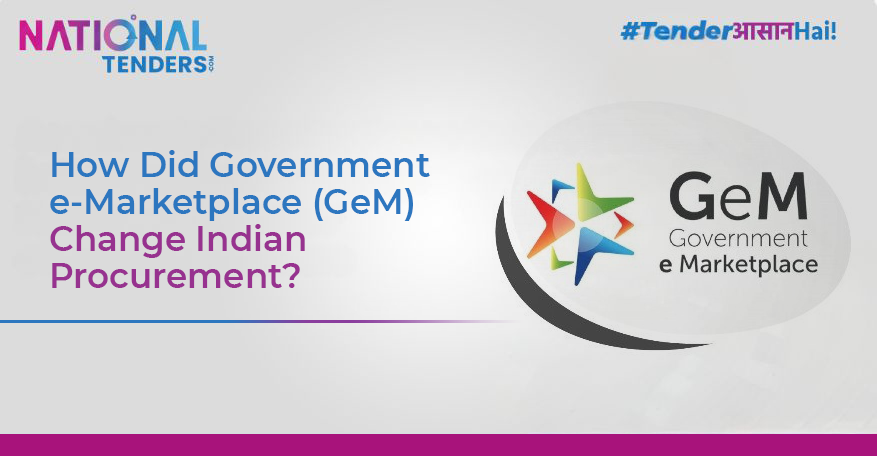 How Did Government e-Marketplace (GeM) Change Indian Procurement?
How Did Government e-Marketplace (GeM) Change Indian Procurement?